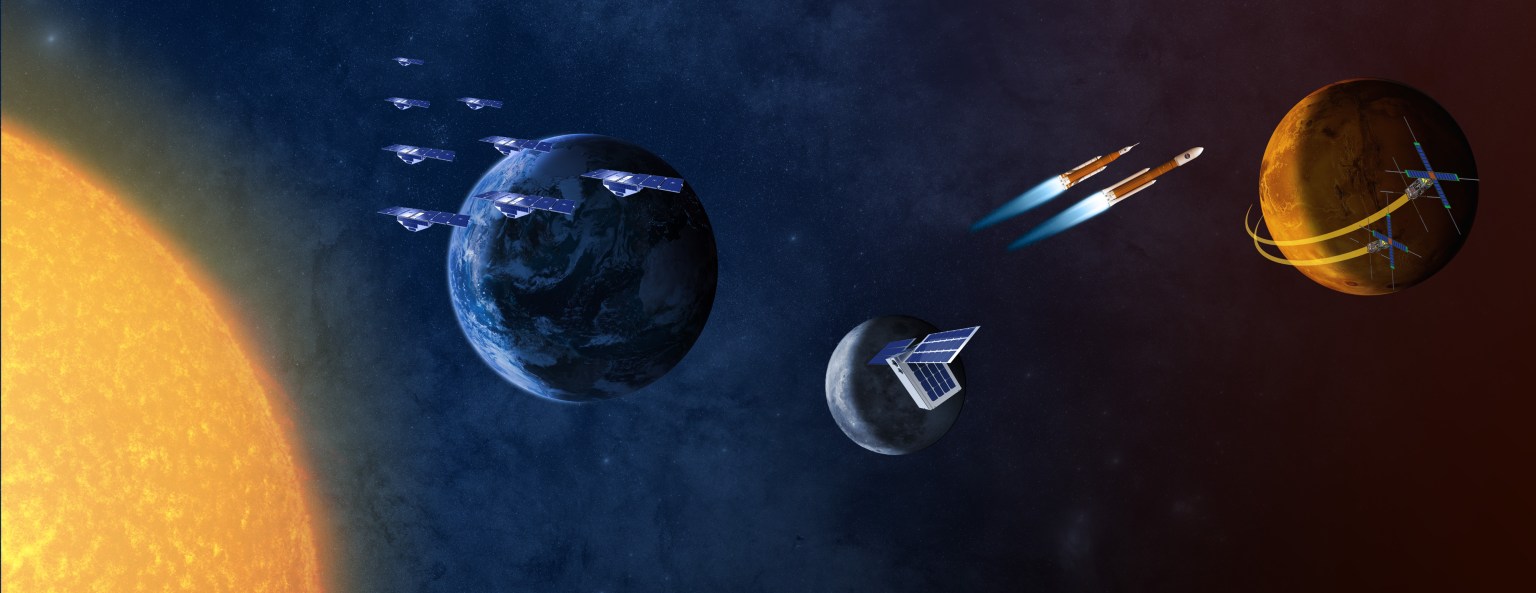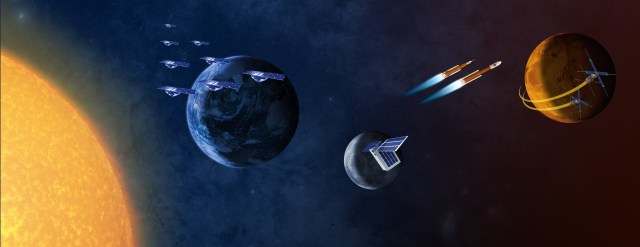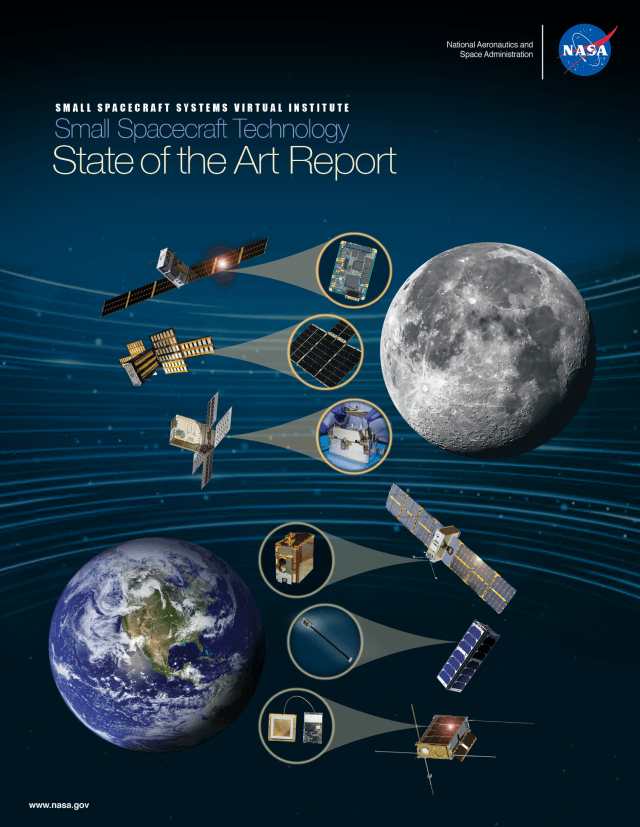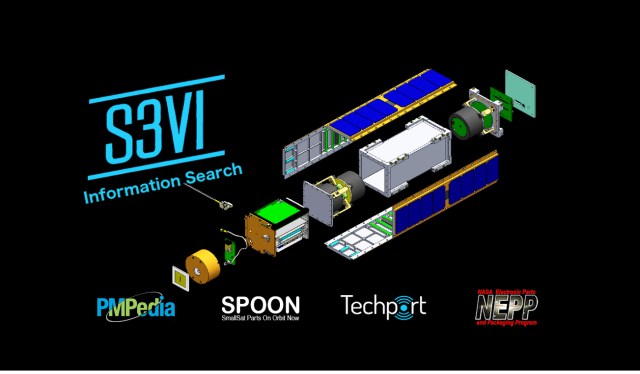Small Spacecraft Community of Practice
Subscribe to receive announcements for the Small Spacecraft Systems Virtual Institute’s (S3VI) monthly webinar series and quarterly newsletter here. We look forward to your participation!

Lessons Learned from a Primarily Undergraduate CubeSat Project (RADSAT-SK)
Speaker: Sean Maw, University of Saskatchewan
Wednesday, November 15, 2023
10:00AM-11:00AM Pacific Standard Time
Click here to download the presentation slides.
Please contact Julianna.L.Fishman@nasa.gov if you experience issues with the audiovisual connection to this webinar.
Abstract: In 2018, the University of Saskatchewan and Saskatchewan Polytechnic were awarded a Canadian CubeSat Project (CCP) to develop a 2U CubeSat. Dr. Sean Maw was the designated PI for the project, but the Saskatchewan team was unique among the 15 CCP teams across Canada insofar as the entirety of designing, testing, and building the satellite was performed by (mostly) undergraduate students. A few graduate students did assist at times, and the payloads came from the labs of professors in the College of Engineering, but all the rest of the project was managed and carried out by undergraduate students, mostly from the University of Saskatchewan Space Design Team (USST) extracurricular club. The USST is a club with a storied history of achievement in space projects (including an award-winning space elevator, a satellite design [that never flew] and a Mars rover), and it has produced generations of tech leaders in Saskatchewan and beyond. The main focus of most students in the USST over the last 5 years has been the CCP CubeSat, called RADSAT-SK. In addition to doing all the technical work on the satellite, these students managed all financial and human resource aspects of the project, including outreach activities in Saskatoon and nearby communities. Dr. Maw met with the student Project Managers every week for most of the 5 years of the project, providing advice on project, human resource and financial management. Neither the PI nor any of the students had any experience designing and building a satellite, so it was an adventure for all. Many valuable lessons were learned, several of which are informing the second generation CubeSat design (RADSAT-SK2) that began this year.
In broad strokes, the most valuable lessons drawn from RADSAT-SK have been in two areas: design and project management. In terms of design, the most salient principles that were relevant in the project will be shared in this presentation. In terms of project management, attention will be focused on succession planning, orientation and training, (sub) team building and maintenance, and organizational memory maintenance. As well, critical issues around risk management, team communications, technical support, and budget planning will be touched upon. As the development of RADSAT-SK did take part over the COVID epidemic, the special challenges endemic to that time period will also be mentioned. Finally, lessons regarding the role of a PI in this type of design team will be mentioned. One can ultimately conclude that satellite design is unforgiving in many different ways. It would be disingenuous to suggest that some of these lessons are significantly more important than others, as so many of them are critical to success. Overall, this presentation will be a compendium of the most important lessons learned in this project over the last 5 years, and should serve any other group attempting to undertake a project of a similar scope.
Bio: Dr. Sean Maw is the Jerry G. Huff Chair in Innovative Teaching, in the Ron and Jane Graham School of Professional Development, in the College of Engineering, at the University of Saskatchewan in Saskatoon, Canada. He completed his BASc and MASc in Systems Design Engineering at the University of Waterloo, and a PhD in Neuroscience at the University of Alberta working on artificial muscle fibers. After spending several years conducting sports science/engineering at the Olympic Oval in Calgary, he then took a teaching position at Mount Royal University in Calgary. He was subsequently recruited into the Huff Chair position at USask in 2014 and has been there ever since, teaching engineering entrepreneurship, design, programming and mechanics, co-developing and leading the new RE-ENGINEERED First Year engineering program at USask, and teaching several courses in the that new First Year program. Dr. Maw has supervised many 4th year capstone projects and several graduate students. He also became the PI for the Canadian CubeSat Project’s RADSAT-SK satellite in 2018, and a co-PI for the next generation RADSAT-SK2 satellite this year. Dr. Maw’s research interests are primarily in the areas of pedagogy and sports science/engineering, and are specifically focused on engineering employment trajectories and curling physics at the moment. He plays soccer and dances (ballroom/swing) regularly, has been a speed skating announcer at two Winter Olympics, and has climbed Kilimanjaro. As a senior undergraduate in 1989, he tried to initiate a smallsat project at Waterloo but it was not until 2018 that his dream of supporting a student-designed satellite was able to be realized.
S3VI encourages the community to submit questions before the webinar to enable more directed responses. Please send questions to craig.d.burkhard@nasa.gov.





























